When it comes to our canine companions, understanding their behaviour is essential for their well-being. Have you ever noticed your dog acting overly energetic, overly excited, or perhaps even anxious or frustrated in certain situations? These behaviours may seem like typical quirks, but they could be signs of your dog struggling to overcome their emotions and adapt to the situation for future benefit.
From Your Dog’s Perspective
Think of it as if you suddenly found yourself in a bustling foreign city where you don’t understand the language or the customs. It can be pretty stressful, right? In this guide, let’s explore the world of dog stress together. We’ll help you recognize the symptoms and manage them effectively because, as a pet owner, your choices directly affect your dog’s emotional health. I often think of it as helping my dog meet their emotional needs – it’s like a guide for their happiness.
Measuring the Hierarchy of Needs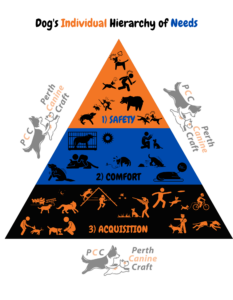
Understanding your dog’s hierarchy of needs can help you address their stress:
Safety: Imagine your dog’s need for safety which is the condition of being protected from or unlikely to cause danger, risk, or injury. Ensure your dog has an environment where they feel safe and can rest and recover from aversive, stressful or overstimulated situations.
Comfort: Think of this as your dog’s state of physical ease and freedom from pain or constraint. This is usually when our dog can avoid anything that causes discomfort, and will be different from dog to dog, so you have to get to know your dog to know how to provide comfort. It is also imperative to help our dogs deal with discomfort because that creates resilience.
Acquisition: This can be divided into two categories:
- Any physical resource the dog wants at that time.
- Any goal or activity the dog wants to pursue (thus the learning or developing of a skill or a habit that is an advantage to the dog, like being able to become faster to catch something or using their nose more effectively to find food).
Two Types of Stress: Eustress vs. Distress:
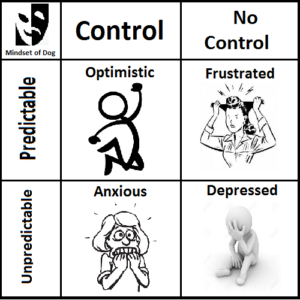
Stress is defined as a state of mental or emotional strain caused by adverse circumstances. To keep it simple, I tend to stick to the following expressions of stress (or the mindset of the dog).
The fact is stress is stress, but it is the effect it has on the individual over time that will let you know if it is ‘bad’ or ‘good’ stress for the dog:
Eustress: refers to positive or beneficial stress. It’s the kind of stress that can motivate and energize you, leading to improved performance and personal growth. The process of learning is stressful, but once we are successful, then we feel a sense of accomplishment, that is when you know it is eustress you have experienced, and it is the same for your dog.
Examples: Eustress can be experienced when you start a new job, get married, or prepare for an exciting event. For dogs, it can be like meeting new people or dogs, heading to the park, learning a new trick, learning to socialise with different types of dogs, learning to navigate different types of environment or starting a fun game with a toy.
Effects: Eustress typically leads to feelings of excitement, fulfilment, and satisfaction. It can enhance focus, creativity, and a sense of well-being. Think of it as a skill your dog can develop – the skill of staying calm and focused even when they’re excited.
Distress: is negative or harmful stress. It occurs when you feel overwhelmed and unable to cope, often affecting your physical and mental health. In dogs, this can be linked to frustration, anxiety, and fear over long periods without opportunities to rest and recover.
Examples: Distress in dogs can be triggered by intensive obedience training with high-value rewards, challenging new experiences, or facing fears without time to rest and process these experiences.
Effects: Distress can lead to anxiety, depression, physical health problems, and a decline in overall quality of life. It’s crucial to help our dogs deal with challenging experiences so they can develop resilience.
The key difference between eustress and distress lies in their impact and the emotions they evoke. Eustress is like a thrilling adventure that helps you grow, while distress is more like a never-ending rollercoaster of pain or discomfort of no end that can harm your well-being. Recognizing which type of stress your dog is experiencing is the key to managing it effectively.
Signs of Stress in Dogs
How can you tell if your dog is stressed? Remember that the context matters – where, when, and why. Here is a short list, but check out a detailed one here:
- Excessive Panting: Rapid and heavy panting, even when it’s not hot.
- Dilated Pupils: Enlarged pupils, indicating heightened arousal or fear.
- Restlessness: Inability to settle down, constant movement, and fidgeting.
- Whining or Excessive Vocalization: Vocal cues like whining, barking, or howling.
- Loss of Appetite: Refusing food or treats, even when they’re usually eager eaters.
- Avoidance Behavior: Avoiding eye contact or physical contact.
- Excessive Licking or Chewing: Compulsive behaviours, often focused on paws or tails.
- Tail Tucked Between Legs: A sign of fear or anxiety.
From Your Dog’s Perspective: Think of it as when you’re too stressed to eat or sleep, or when you keep pacing around because something is bothering you. To get some cool posters and pictures of dog body language check out Lili Chen’s dog art.
Managing Your Dog’s Stress:

As a responsible pet owner, it’s your duty to ensure your dog’s emotional well-being. Here’s how you can help:
- Identify Stress Triggers: Recognize situations or environments that stress your dog, and see if the stress becomes worse over time. Address and manage these triggers as needed.
- Provide Safe Spaces: Create safe zones where your dog can retreat when feeling overwhelmed. It’s like having a quiet room for yourself when you need a break. This can even be a reprieve by advocating for your dog in a stressful situation and blocking triggers from accessing your dog or invading your dog’s space.
- Gradual Exposure: If your dog struggles with certain situations, introduce them gradually and in a controlled manner. Think of it as helping your dog adapt to new experiences at their own pace. There is a crucial ingredient you need if you go this way: time. This is only helpful if you have the time to do so and no deadline to achieve the results, or if you have a dog with weak nervous, meaning they just don’t overcome adversity quickly or easily. The fact is that in nature, those who are weak in this area will die. When we domesticated dogs, we chose to take over the responsibilities of giving our dogs food, water, shelter etc. and we can have the option of giving more time to our dogs to learn and adapt; otherwise out in nature, this won’t be the case, they adapt or they die.
- Regular Fulfillment: Make sure your dog gets enough opportunities to exercise and express their natural drives, so they stay content in our fast-paced world.
- Training: Training is like teaching your dog the skills they need to navigate life confidently.
- Consult a Professional: If you’re not sure how to help your dog, seek advice from a professional who understands dog behaviour.
I love to help build stronger dogs and help them become more independent. But I also don’t want to wrap them in cotton wool and promise I won’t let anything happen to them – just like Dorry said: “Well, you can’t never let anything happen to him. Then nothing would ever happen to him”. Meaning, they would have no life.
Remember, while you’re free to make decisions for your pet, you’re not free from the consequences. By understanding and managing stress in your dog and considering its hierarchy of needs, you can ensure a happy and harmonious life for your beloved companion.

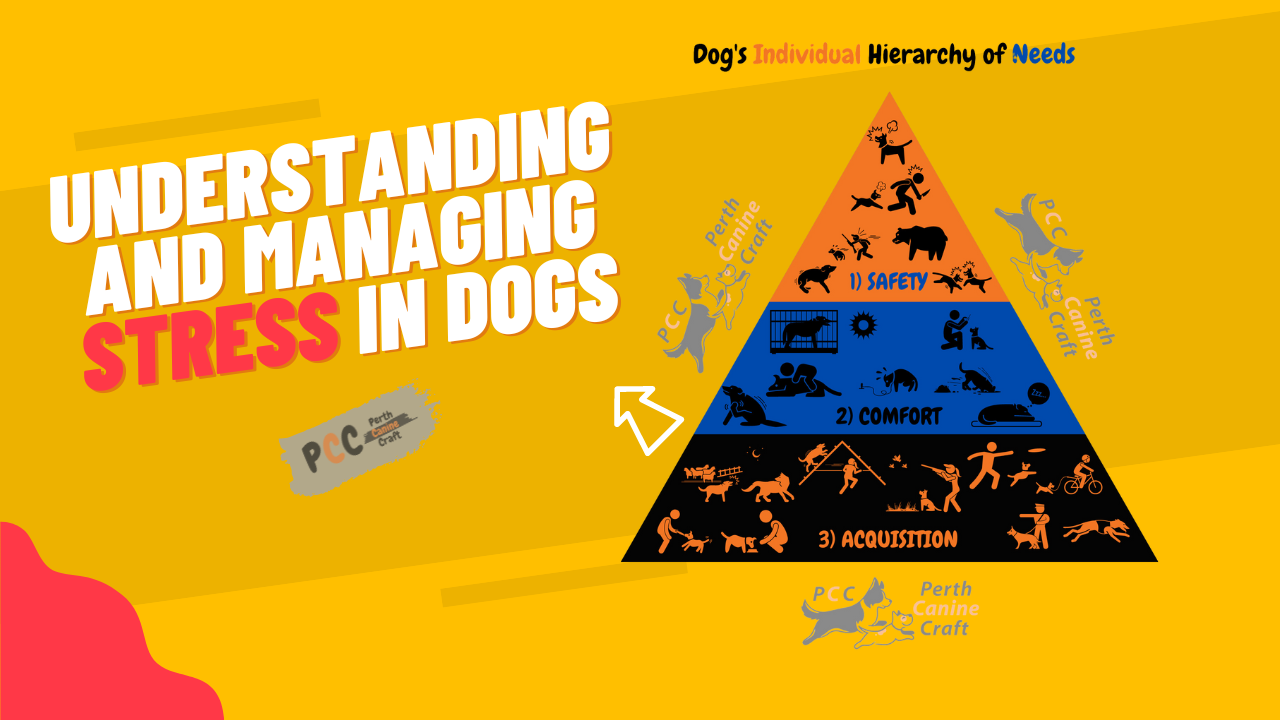
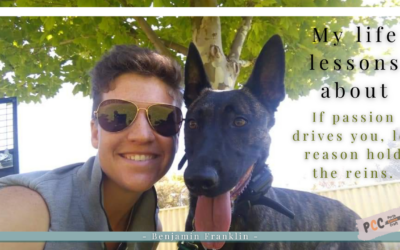
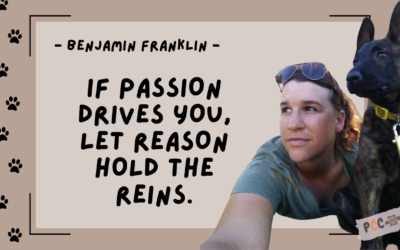
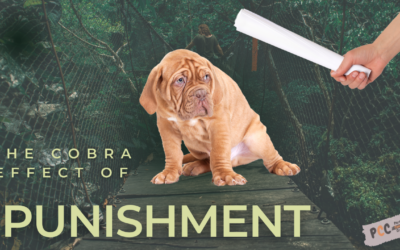
0 Comments